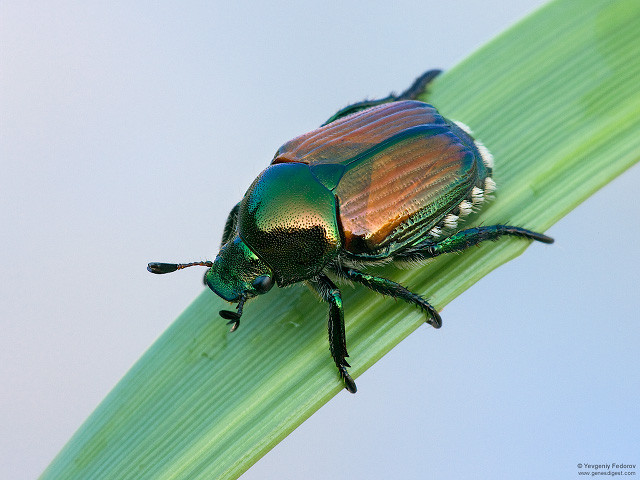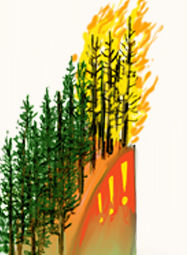Responses of ecosystem carbon cycling to climate change treatments along an elevation gradient
Global temperature increases and precipitation changes are both expected to alter ecosystem carbon (C) cycling. We tested responses of ecosystem C cycling to simulated climate change using field manipulations of temperature and precipitation across a range of grass-dominated ecosystems along an elevation gradient in northern Arizona. In 2002, we transplanted […]


